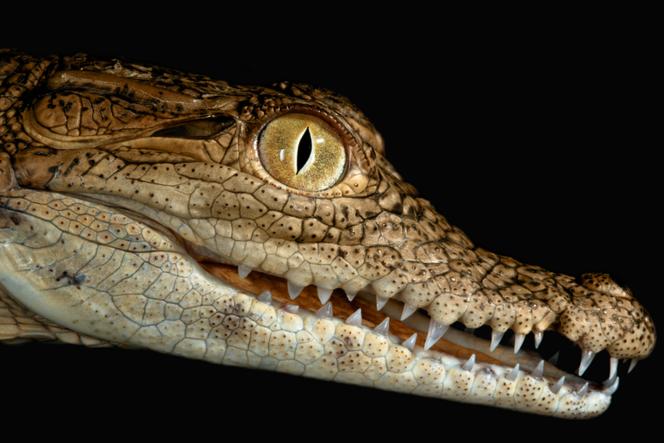Science is grateful for animals! All biologists know that it is by deciphering the mechanisms in force among our cousins, more or less distant, that we understand the foundations of biology. You only have to look at the list of Nobel Prize winners to be convinced of this: Many of them based their discoveries on animal studies. Not just any animals, however. In laboratories, a few species take the lion’s share. The C. elegans worm, the Drosophila fly, the mouse or, more recently, the zebrafish have concentrated the bulk of research. The reason is simple: Every researcher builds on previous work, which doesn’t encourage diversity. Plus, as science becomes more complex, the tools to be designed, particularly in molecular biology, are increasingly specific. This makes it difficult to move away from model animals. “However, once you are willing to invest the necessary time and energy, making discoveries becomes easy,” said Michel Milinkovitch, Professor of Genetics and Evolution at the University of Geneva.
For many years, Milinkovitch has been studying other creatures, including snakes, lizards and hedgehogs. And now he’s just added a little extra to the menu in his laboratory. In the December 12 issue of Nature, he published a striking article devoted to the Nile crocodile. By studying the growth of its embryos, he has succeeded in showing that the scales on its mouth did not originate from a classic genetic process of cellular specialization, like the feathers of birds, the hair of rodents or most reptile scales, but from simple physical constraints, the mechanisms of which he has highlighted.
You have 64.36% of this article left to read. The rest is for subscribers only.
